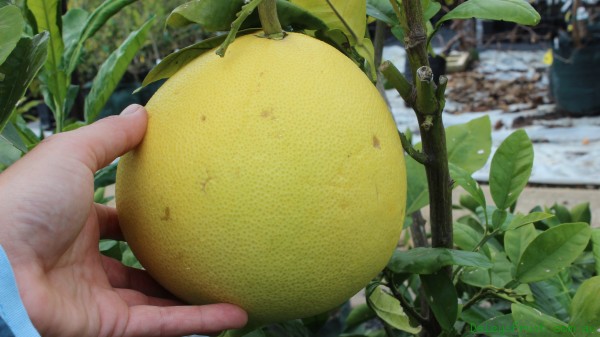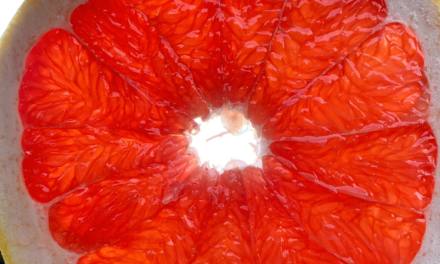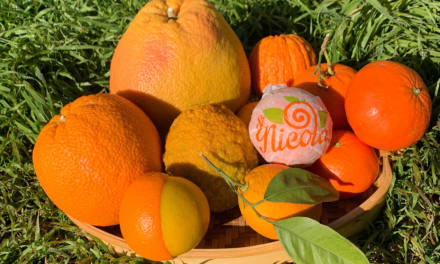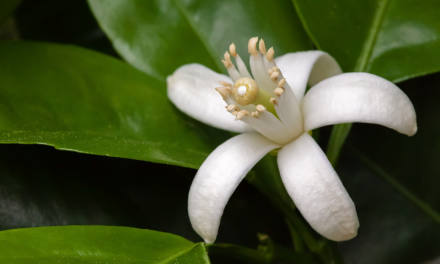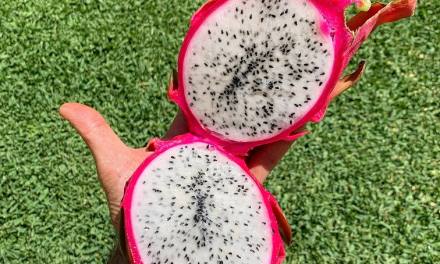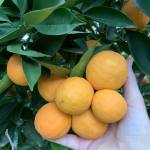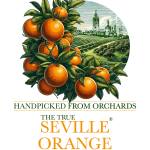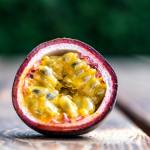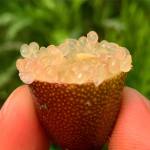Citrus maxima, the pomelo (also called pummelo or shaddock) in the Rutaceae (citrus family). It is a medium-sized tree but the largest of all Citrus species, with large leaves, flowers, and fruits. The species is native to southern China and Malaysia (and possibly other parts of southeast Asia), and is now cultivated in many tropical and semi-tropical countries for its large fruits. This species was a progenitor of the grapefruit (C. X paradisi) and the tangelo (C. reticulata), among other modern citrus hybrids.
Etymology
Citrus maximawas originally called “shaddock” in English, after the captain of an East India Company ship who introduced it to Jamaica in 1696. Recently the word “pomelo” has become the more common name, although “pomelo” has historically been used for grapefruit. (The 1973 printing of the American Heritage Dictionary, for example, gives grapefruit as the only meaning of “pomelo”.)
The etymology of the word “pomelo” is uncertain. It is thought to perhaps be an alteration of the Dutch pompelmoes (meaning Citrus maxima) or alternatively, perhaps an alteration of a compound of pome (“apple”) + melon.
The fruit is known by various local names in India, including “batabi lebu” (বাতাবি লেবু) in West Bengal, “robab tenga” in Assam, “nobaab” in Manipur, and “kambili naranga” in Kerala. In Hindi and Urdu it is called “chakotra” चकोतरा چکوترا or “Bijoura”. In Nepal, it is called “bhogate” भोगटे.
Citrus maxima is native to Southeast Asia where it is known under a wide variety of names. In large parts of South East Asia, it is a popular dessert, often eaten raw sprinkled with, or dipped in, a salt mixture. It is also eaten in salads and drinks.
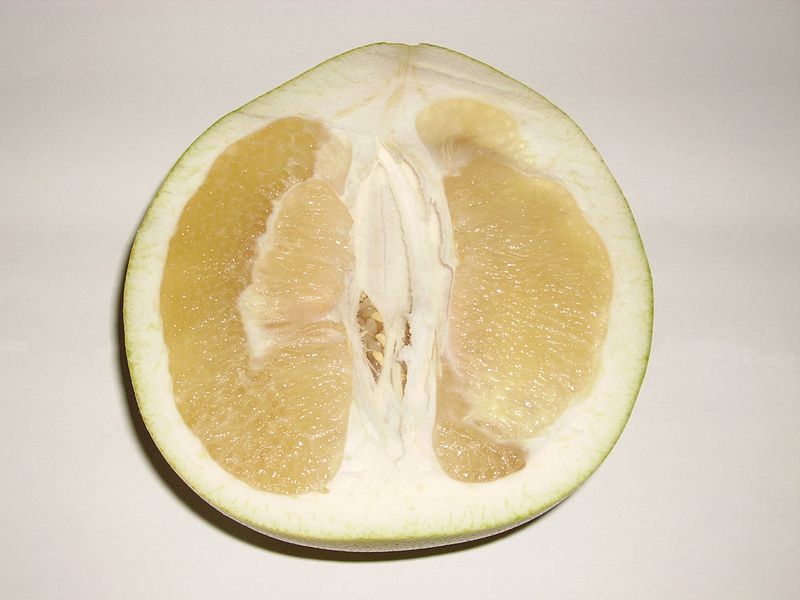
Description
Pomelos are often confused with grapefruits, from which they can generally be distinguished by their larger size, thicker rinds, milder—even sweet—flavor, and tough bitter membranes that are often considered inedible.
The C. maxima tree, which is the most cold-intolerant citrus species, has a rounded crown and grows 5 to 15 m (15 to 50 ft) tall. The tree has large evergreen oblong to elliptic leaves, 10.5 to 20 cm (4 to 8 in) long, with winged petioles (leaf stems).
The flowers and fruits are borne singly, in contrast to grapefruits (C. X paradisi), in which they grown in clusters of 2 to 20. The fruits, which vary from round to pear-shaped and ripen to yellow, orange, or red, are large–30 cm or more in diameter, and weighing up to 9 kg (20 lbs). The flesh of the fruit, which may be greenish yellow, yellow, pink, or red, is often juicy, and divided into 11 to 18 segments. The flavor is sweet to somewhat acidic.
Like other citrus fruits, pomelos are high in vitamin C. They are generally eaten as a fresh fruit, and they store well. They have long been popular in Asia, especially China, Indonesia, and Thailand, but are increasingly found in specialty markets in the U.S. as well.
The juice is also used in various beverages (both alcoholic and non), and the peel may be candied. Traditional medicinal uses of the fruit include treatment of coughs, fevers, and gastrointestinal disorders. The aromatic flowers are picked and processed into perfume in Vietnam, and the wood, which is heavy and hard-grained, used for making tool handles.
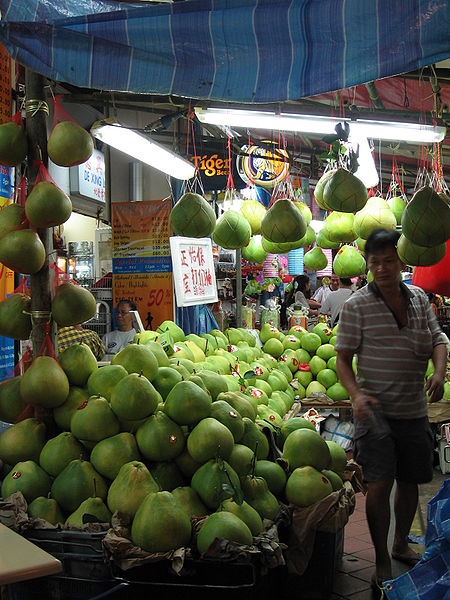
(Bailey et al. 1976, Morton 1987, van Wyk 2005.). For other information you can see the original here.

